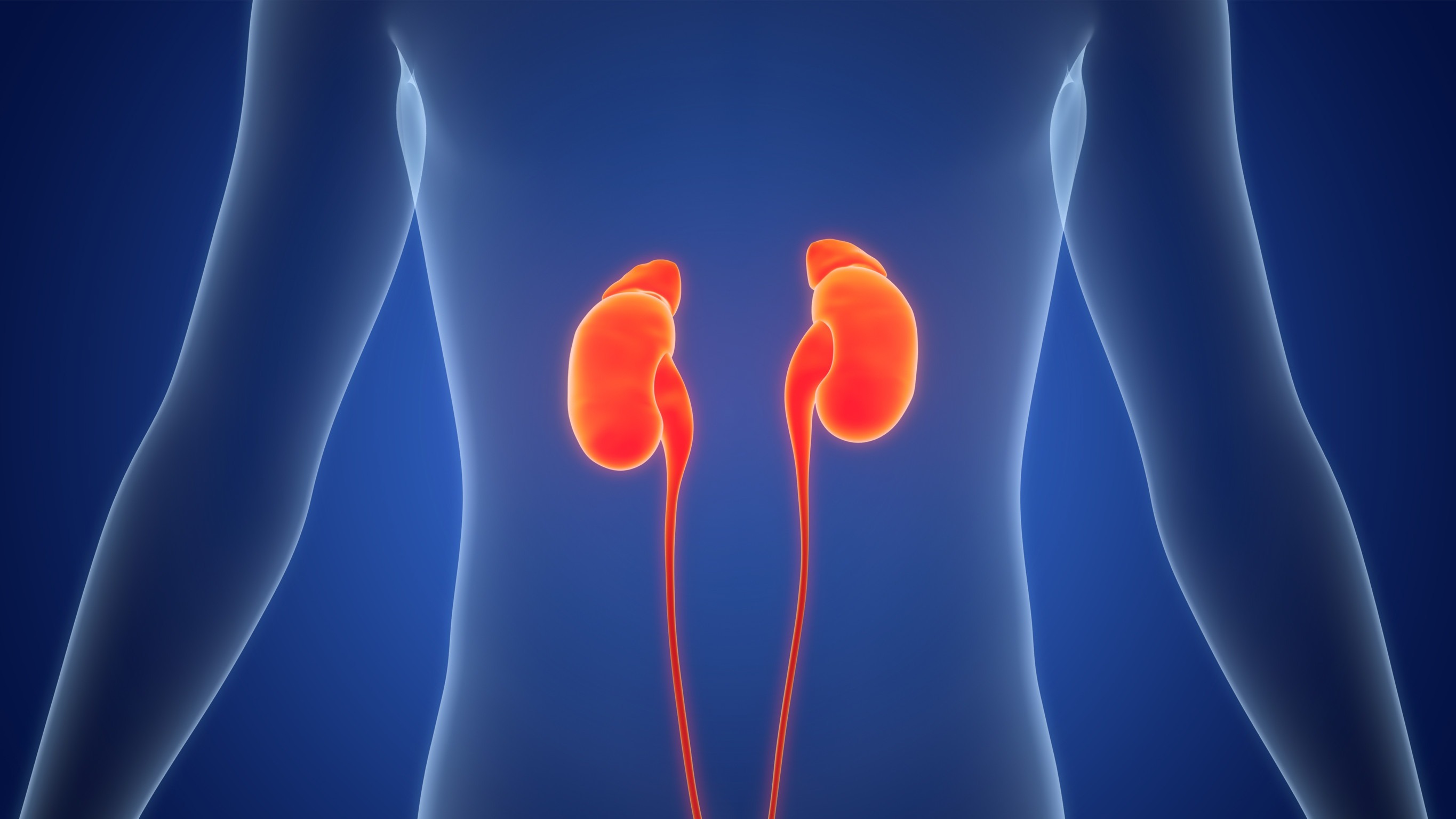
NICE's Groundbreaking Decision on Sparsentan
In a pivotal turn of events for patients suffering from primary immunoglobulin A nephropathy (IgAN), the National Institute for Health and Care Excellence (NICE) has approved sparsentan (Filspari, Vifor Pharma) for treatment. This recommendation marks a reversal from their February decision, which denied NHS funding for the drug due to a lack of demonstrable value for money, highlighting a notable evolution in the assessment of newer treatments within the UK's healthcare framework.
The Path to Approval: Evidence and Value
NICE's positive recommendation follows the manufacturer’s submission of additional analyses and agreement to a price discount viable for NHS budgets. This strategic negotiation exemplifies a growing trend of pharmaceutical companies demonstrating flexibility to address cost concerns while aiming to deliver innovative treatment options. It reflects a broader impetus in medical trends where patient accessibility and affordability drive decisions in healthcare policy.
Clinical Benefits of Sparsentan
This new therapeutic option has shown remarkable effectiveness in reducing the urine protein-to-creatinine ratio (UPCR), a key marker for kidney damage. Clinical trial results suggest that sparsentan outperforms standard treatments, including irbesartan, in maintaining kidney function, making it an exciting option for those affected by IgAN. Such advancements signify a hopeful horizon for over 4,200 patients with chronic kidney disease in England.
Understanding IgAN and Its Impact
IgAN is recognized as one of the predominant causes of chronic kidney disease, affecting over 18,000 individuals in England. The condition manifests when immunoglobulin A, an antibody, builds up in the kidneys, leading to inflammation and often severe complications. This widespread impact underscores the necessity for effective treatments like sparsentan that can significantly improve patients' quality of life.
The Mechanism Behind Sparsentan's Efficacy
Sparsentan operates on a dual-action mechanism by blocking receptors for both endothelin-1 and angiotensin II. These hormones are known to exacerbate kidney damage, and their inhibition leads to reduced proteinuria and a slowed progression of kidney damage. The PROTECT study, a phase 3 clinical trial, provided compelling evidence for the drug's effectiveness, showing a marked decline in proteinuria compared to treatments currently standard in IgAN care.
Emerging Treatment Paradigms
The findings from the PROTECT study indicate that through the long-term administration of sparsentan, patients may experience a notable decrease in protein levels in urine—about 40% lower when compared to those treated with irbesartan—while also benefiting from better preservation of kidney function. While long-term efficacy remains to be continually evaluated, this innovative approach speaks volumes about the dynamic shifts within kidney disease management.
A Bright Future for Patients
The approval of sparsentan not only serves as a medical breakthrough but also instills hope among patients and their families as they navigate the challenges posed by chronic kidney illness. As more options become available, the emphasis on personalized treatment plans will change the landscape of patient care, promoting wellness and longevity.
As we celebrate this advancement, it's vital for healthcare professionals and patients alike to remain informed about new therapies that can drastically improve life quality. Embracing innovation in treatment options can lead to more empowered patient choices.
The conversation around health and wellness continues to evolve, and as more breakthroughs occur in medical research, organizations must remain vigilant in their assessments while ensuring drugs are both accessible and affordable for the populations they serve.
 Add Row
Add Row  Add
Add 




Write A Comment